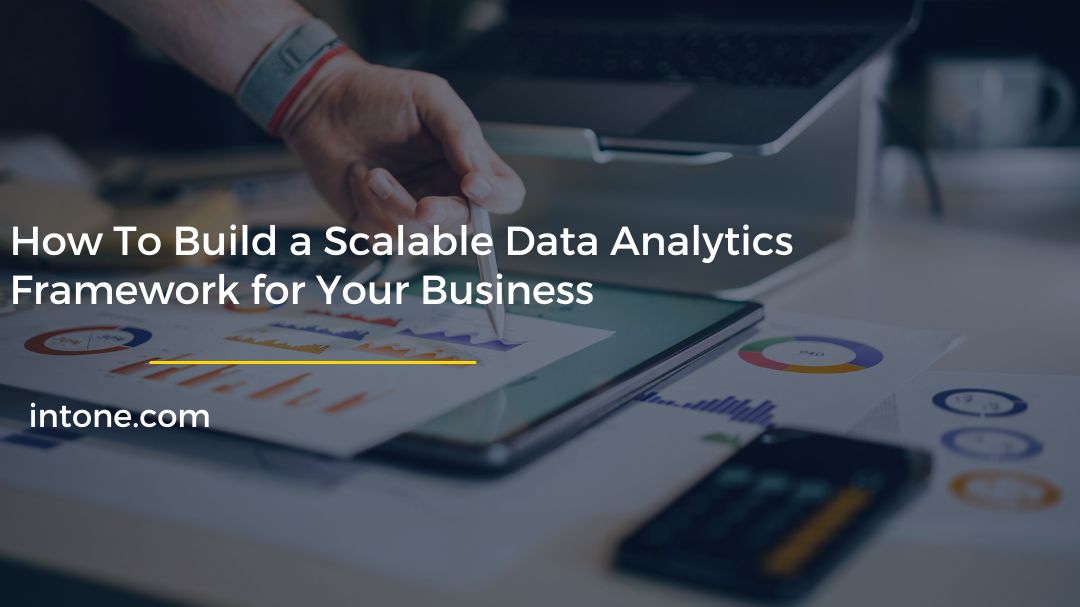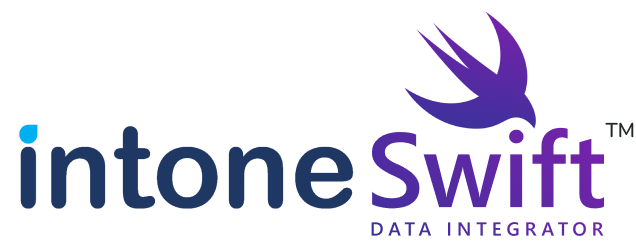Data is the foundation of modern businesses. Whether improving customer experience and operations or making strategic decisions, businesses rely on insights drawn from data. By investing in data analytics services, companies can convert raw data into actionable insights, giving them a competitive boost in the market.
As businesses grow, managing larger volumes of data becomes more difficult. The complexity of datasets and the increasing demand for analysis can lead to inefficiencies, higher costs, and slower decision-making. This is where a scalable data analytics framework becomes important. It ensures that the infrastructure can grow with the business, adapting to evolving data demands easily and preventing common problems associated with expanding data volumes.
This blog outlines practical steps to build a scalable framework, particularly for your business needs.
Understanding Scalability in Data Analytics
Scalability in data analytics is the ability of a system to handle increased data volumes, user demands, or more complex queries without slowing down performance. It ensures your analytics infrastructure remains efficient as your business grows.
Benefits of a Scalable Framework
- Accommodates Data Growth: With data generation increasing rapidly, scalability ensures your system can manage growing datasets.
- Improves Performance: Scalable systems reduce lag and ensure faster access to insights. This is beneficial for industries requiring real-time analytics, such as finance and healthcare.
- Reduces Costs: A well-designed framework reduces the need for constant system overhauls, saving time and money over the long term.
Key Characteristics of a Scalable Framework
- Flexibility: Easily adapts to changing business needs and integrates with new tools or technologies.
- Modularity: Allows scaling of individual components, such as storage or processing, independently.
- Reliability: Delivers consistent performance even during peak data loads or traffic spikes.
Real-World Examples of Scalability:
- Netflix: Handles vast amounts of streaming data using a scalable cloud infrastructure, ensuring an easy user experience even during peak demand.
- Airbnb: Uses tools like Apache Spark and Hadoop to manage massive datasets related to user behavior, bookings, and pricing trends, achieving big data scalability.
- Healthcare Analytics: Hospitals rely on scalable data analytics frameworks to process patient records, predict resource needs, and improve clinical outcomes.
Steps to Build a Scalable Data Analytics Framework
Follow these steps to create a reliable and scalable framework.
a. Define Business Objectives
A successful framework starts with aligning your data analytics efforts with your business goals.
- Identify what you aim to achieve. For instance, an e-commerce company may focus on improving customer retention, while a healthcare provider might prioritize reducing patient wait times.
- Set measurable key performance indicators (KPIs) to track progress. Examples include increased sales, improved operational efficiency, or reduced error rates.
b. Assess Your Current Data Infrastructure
Before building a new framework, evaluate your existing infrastructure to identify gaps and areas for improvement.
- Analyze whether your current tools can handle growing data volumes.
- Understand if your systems support real-time data processing and visualization.
- Identify bottlenecks, such as outdated databases or inefficient processing pipelines.
c. Choose the Right Technology Stack
Selecting the appropriate tools and platforms is essential for scalability.
- Data Storage: Choose flexible, scalable storage solutions that can grow with your data needs.
- Data Processing: Implement tools capable of efficiently processing large datasets.
- Visualization Tools: Use platforms that create user-friendly dashboards for better decision-making.
- Automation and AI: Integrate automation and machine learning technologies to improve analytics capabilities and predict trends.
d. Ensure Data Quality and Governance
Accurate insights depend on high-quality data and proper governance policies.
- Implement data validation and cleaning processes to decrease inaccuracies.
- Develop governance policies to ensure compliance with regulations like GDPR, HIPAA, or Information Technology (Reasonable Security Practices and Procedures and Sensitive Personal Data or Information) Rules, 2011.
- Use access controls to safeguard data and restrict unauthorized usage.
e. Build Modular and Flexible Pipelines
A modular approach enables the scaling of individual components without disturbing the entire system.
- Use ETL (Extract, Transform, Load) or ELT (Extract, Load, Transform) processes to streamline data movement.
- Design pipelines capable of handling multiple data sources and formats, allowing flexibility in integration.
f. Optimize for Performance
Ensure your framework maintains high performance, even under increased workloads.
- Regularly monitor system performance to identify bottlenecks.
- Implement caching and indexing strategies to improve data retrieval.
- Optimize queries and algorithms to handle complex analytics efficiently.
g. Plan for Scalability from the Start
Design your framework with growth as a larger goal.
- Build infrastructure that supports surges in data volume or user traffic without downtime.
- Use a microservices architecture to enable separate scaling of each component.
Implementing Best Practices
Start Small
Pilot projects are a great way to test your framework before full-scale implementation.
- Begin with a specific use case or department to identify potential challenges.
- Use feedback to refine the framework, ensuring it meets business needs before rolling it out across the organization.
Ensure Automation
Automation minimizes errors, speeds up processes, and ensures consistency.
- Automate routine tasks such as data cleansing, transformation, and report generation.
- Use AI-driven monitoring tools to detect system issues and prevent downtime.
Monitor and Refine
Scalability requires continuous evaluation and improvement.
- Regularly monitor system performance to address inefficiencies.
- Stay updated on emerging technologies to ensure your framework remains future-ready.
- Gather feedback from users to make improvements to functionality and usability.
Conclusion
It has become mandatory to invest in a scalable data analytics framework for any business aiming to thrive in a data-driven environment. As your organization grows, a well-designed framework ensures your systems can handle increased data volumes, complexity, and user demands without compromising performance. By following best practices – —such as aligning with business objectives, optimizing for performance, and integrating automation – —you set your business up for long-term growth and competitive advantage.IntoneSwift offers data analytics services designed to help businesses build scalable, efficient, and future-proof analytics frameworks. Whether you’re starting small or looking to expand your data capabilities, our solutions are tailored to meet your specific needs. Explore today how our expertise can help you build a scalable analytics framework that drives smarter, faster, and more strategic business decisions.


